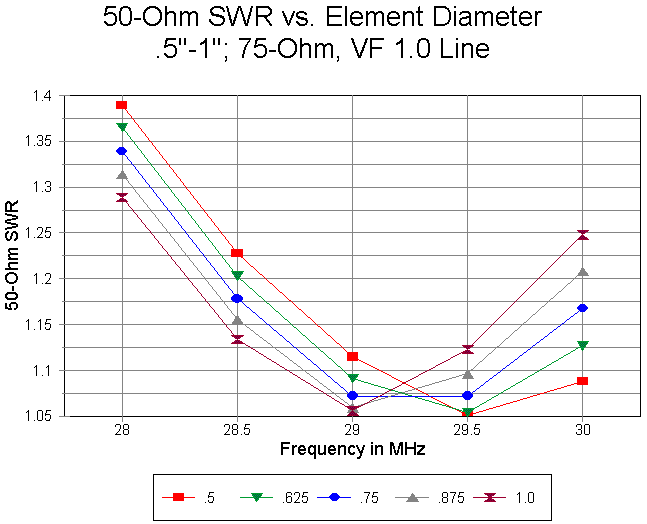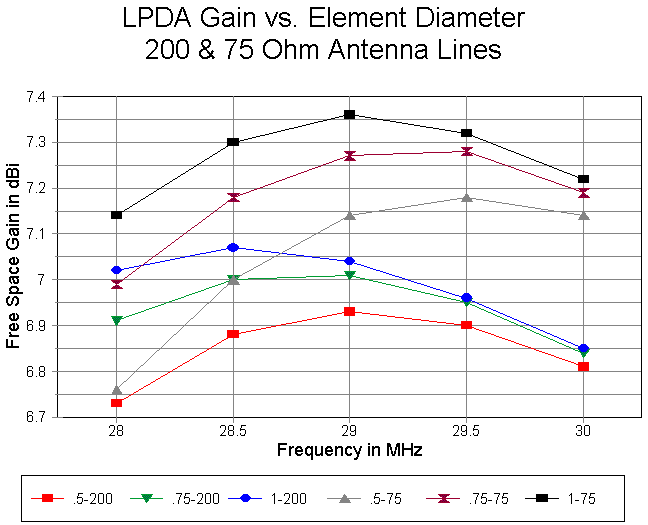digitalanalog
Active Member
Plenty of wave length calculators on-line.
so I can enter 45.000MHz and I can get the 1/4, 1/2, 5/8, 3/4 and full wave length of a radial in inches, feet, meters.
but I can not find a calulator that you enter the diameter of the radial.
The diameter of the radial will determine the length of the radial.
I have downloaded a bunch and also used a bunch on-line but none seem to have this function.
IE: Example.
45.000 MHz @ 1/4 wave length = 65.5 inches (aprox)
45.000 MHz @ 5/8 wave length = 164 inches (aprox)
so if the radial is 3/8 diameter for 45.000 MHz at 1/4 wave length, then what is the langth of the radial 65.5 inches ?
if the radial is 1/2 diameter for 45.000 MHz at 1/4 wave length.......I can not image the length being the same as the 3/8 diameter radial.
I cannot locate any calculators that allow you to enter the radial element diameter in to the calculator.
any help would be greatly appreciated.
not looking for a physics lesson, just some type of simple calculation.
so I can enter 45.000MHz and I can get the 1/4, 1/2, 5/8, 3/4 and full wave length of a radial in inches, feet, meters.
but I can not find a calulator that you enter the diameter of the radial.
The diameter of the radial will determine the length of the radial.
I have downloaded a bunch and also used a bunch on-line but none seem to have this function.
IE: Example.
45.000 MHz @ 1/4 wave length = 65.5 inches (aprox)
45.000 MHz @ 5/8 wave length = 164 inches (aprox)
so if the radial is 3/8 diameter for 45.000 MHz at 1/4 wave length, then what is the langth of the radial 65.5 inches ?
if the radial is 1/2 diameter for 45.000 MHz at 1/4 wave length.......I can not image the length being the same as the 3/8 diameter radial.
I cannot locate any calculators that allow you to enter the radial element diameter in to the calculator.
any help would be greatly appreciated.
not looking for a physics lesson, just some type of simple calculation.




